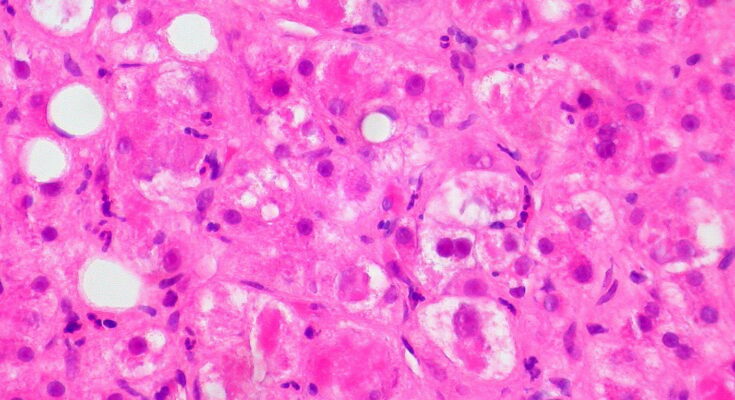A new academic report, centered on ancient DNA taken from 108 prehistoric individuals uncovered at nine burial sites in Sweden and Denmark, may show that an ancient form of the plague could have been widespread among Europe’s early farmers, leading to their population decline over the course of 400 years.
The oldest plague victims we know of are dated back to around 5,000 years ago on the European continent. However, what is not clear, is whether two cases—in Latvia and Sweden respectively—were one time events or proof of a much wider pandemic that led to a population decline in Europe.
“It’s fairly consistent across all of Northern Europe, France and it’s in Sweden, [and] even though there are some quite big differences in the archaeology, we still see the same pattern [in that] they just disappear,” Frederik Seersholm, a postdoctoral researcher at the Lundbeck Foundation GeoGenetics Centre at the University of Copenhagen in Denmark and lead author of the study published in the journal Nature on Wednesday, told CNN.
Decline of early farmers and plague victims of Europe
This early population was known as Neolithic farmers and moved from the eastern Mediterranean, replacing small groups of hunter-gatherers. They brought along agriculture and sedentism to northwestern Europe for the first time roughly 6,000 to 7,000 years ago.
Traces of the particular population that suffered as a result of the plague are found throughout Europe. Europe is host to a number of megalithic burial sites and monuments, the most noteworthy of which is Stonehenge.
Historians and archaeologists are in debate over the reason for these peoples’ disappearance between 5,300 and 4,900 years ago. A few suggest their demise was due to an agricultural crisis brought about by climate change and other diseases.
“All of a sudden, [there are]no people getting buried (at these monuments) anymore. And the people who were responsible for building these megaliths (are gone),” Seersholm told CNN.
He added that violence was not likely to have played a role, with the next set of newcomers, called the Yamnaya, arriving from the Eurasian steppe following a gap in the archaeological record.
The study discovered that types of the bacterium that bring on plague were present in one of six ancient samples. This suggests infection with the ailment was not uncommon.
“These plague cases, they are dated to exactly the time frame where we know the Neolithic decline happened so this is very strong circumstantial evidence that the plague might have been involved in this population collapse,” Seersholm said.
Genetic data on disease particles can be preserved in human DNA, meaning scientists can take a leap back in time to discover ancient diseases and how they evolve.
Yersinia pestis, the bacteria that causes plague, was the most prevalent of the six pathogens that were identified in the new study. It was present in 18 individuals or 17 percent of the 108 sampled.



